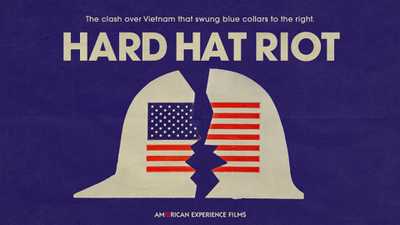No one used to care about the vice presidency. Here's how (and why) that's changed.
The second-in-command position used to be "insignificant" but can't be ignored today

The vice presidency used to look dramatically different than it does today. Largely, this is because of how little definition the Founding Fathers gave to the role in the first place. “The framers of the Constitution thought very little of the vice presidency,” says Jared Cohen, author of The Accidental Presidents. “They thought even less about succession. And I think that's fascinating because people didn't live that long back then, and succession should have been a fundamental feature of how they were thinking about democracy.”
Officially, the Constitution assigned the vice president only two jobs. The first was serving as presiding officer of the Senate, where the VP has the power to cast tie-breaking votes. The second was to assume the president’s duties in the event of disability, death, or resignation. In fact, vice presidents originally had so few formal responsibilities that a member of the first U.S. Congress thought they should be compensated on a per diem basis. As a result, most early vice presidents found themselves at loose ends.
The country’s first vice president, John Adams, had a view of the role’s limits from the very birth of the republic. Referring to himself as “a mere Doge of Venice,” Adams called the position “the most insignificant office that ever the invention of man contrived.” It wasn’t until the 20th century that the role began to turn into something more.

Warren Harding was the first president to invite his vice, Calvin Coolidge, to attend Cabinet meetings; Franklin Delano Roosevelt continued the practice with all three of his vice presidents. Nonetheless, Roosevelt’s last VP, Harry Truman, felt completely unprepared to assume the presidency when FDR died. Truman had been kept so ignorant of critical policy issues that he was only informed about the Manhattan Project upon taking the chief executive office.
“In Truman's 82 days as vice president, he didn't get a single intelligence briefing,” Cohen tells American Experience. “He'd only met FDR twice. He never stepped foot in the map room where the war was being planned. He was not briefed on the atomic bomb. He was completely out of the loop.” Once himself President, however, Truman set out to rectify the role he’d stepped into. He had Congress add the vice president to the National Security Council, while also elevating the office with a higher salary.

Having witnessed Truman’s difficulties, next-in-line Dwight Eisenhower also wanted to make sure his potential successor was intimately involved in the ins and outs of domestic and foreign policy. Vice President Richard Nixon was invited to attend briefings alongside President Eisenhower, met with dozens of foreign leaders on his behalf, and worked on important Civil Rights legislation.

But the most significant shift in vice presidential status came when Walter Mondale assumed the office. President Jimmy Carter treated his VP as a full partner, giving him unprecedented equal access to classified materials and meeting sometimes for hours daily to discuss important developments. Mondale was also given symbolic evidence of the role’s increased importance: a permanent office in the White House, for the first time ever.

The Carter-Mondale model became a template for how future presidents and vice presidents worked together going forward. And while every governing partnership is different, vice presidents in the modern era have often served as confidants, advisors, and diplomats of policy—finally transforming the vice presidency into an office of greater stature.






